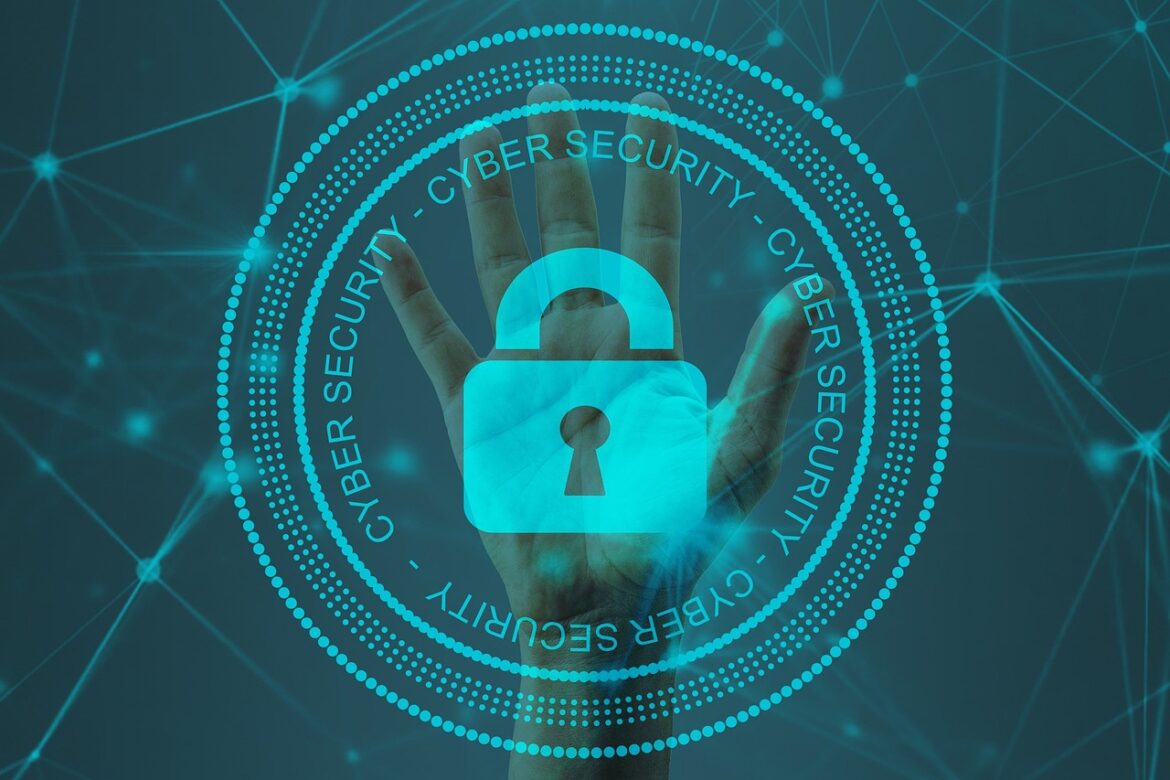Introduction to Cybersecurity Trends 2025
In 2025, cybersecurity continues to evolve rapidly, fueled by advancements in technology and the increasing sophistication of cyber threats. At the forefront are trends like AI-driven security tools and cloud security. Here’s a look at some of the most significant stories and innovations in cybersecurity this year:
Major Developments and Threats
AI in Cybersecurity
AI is transforming the cybersecurity landscape, powering both defensive and offensive strategies. Cybercriminals use AI to create sophisticated attacks, such as phishing messages and deepfakes, while defenders leverage AI for advanced threat detection and response. At the RSA Conference 2025, many companies showcased AI-powered products to stimulate this evolution.
Data Breaches
High-profile data breaches have continued to plague organizations. Recent incidents include the Yale New Haven Health System breach, exposing 5.5 million records, and the Blue Shield of California breach, affecting 4.7 million individuals. These breaches highlight the need for robust security practices, especially in sensitive sectors like healthcare.
Emerging Technologies and Strategies
Cloud Security
With more businesses moving to cloud environments, securing these platforms has become crucial. This involves implementing stronger encryption, multi-factor authentication, and continuous monitoring to protect sensitive data from cyber threats.
Zero Trust Architecture (ZTA)
ZTA is gaining traction as traditional security perimeters become less effective. This model assumes that networks are vulnerable and verifies every user, device, and application before granting access, significantly reducing the risk of insider threats.
Smart Practices for Businesses
To stay ahead of security threats, businesses are focusing on:
-
Implementing AI-driven security tools
-
Enhancing cloud security
-
Adopting Zero Trust Architectures
-
Conducting regular security audits and updates
-
Building a culture of cyber resilience to protect against emerging threats.
References:
- https://www.crn.com/news/security/2025/10-cybersecurity-companies-making-big-moves-at-rsac-2025
- https://ecstech.com/ecs-insight/report/2025-cybersecurity-report/
- https://levelblue.com/resource-center/futures-reports/2025-levelblue-futures-report-cyber-resilience-and-business-impact
- https://www.consultingmag.com/2025/04/30/survey-middle-market-cybersecurity-report-shows-decline-in-reported-data-breaches-urges-caution-against-complacency/
- https://smsbusinesscloud.com/news/cybersecurity-trends-in-2025/
- https://securityboulevard.com/2025/04/top-data-breaches-in-april-2025-that-made-the-headlines/
- https://www.simplilearn.com/tutorials/cyber-security-tutorial/what-is-cyber-security
- https://cybersecuritynews.com/cybersecurity-trends-for-cisos/amp/



